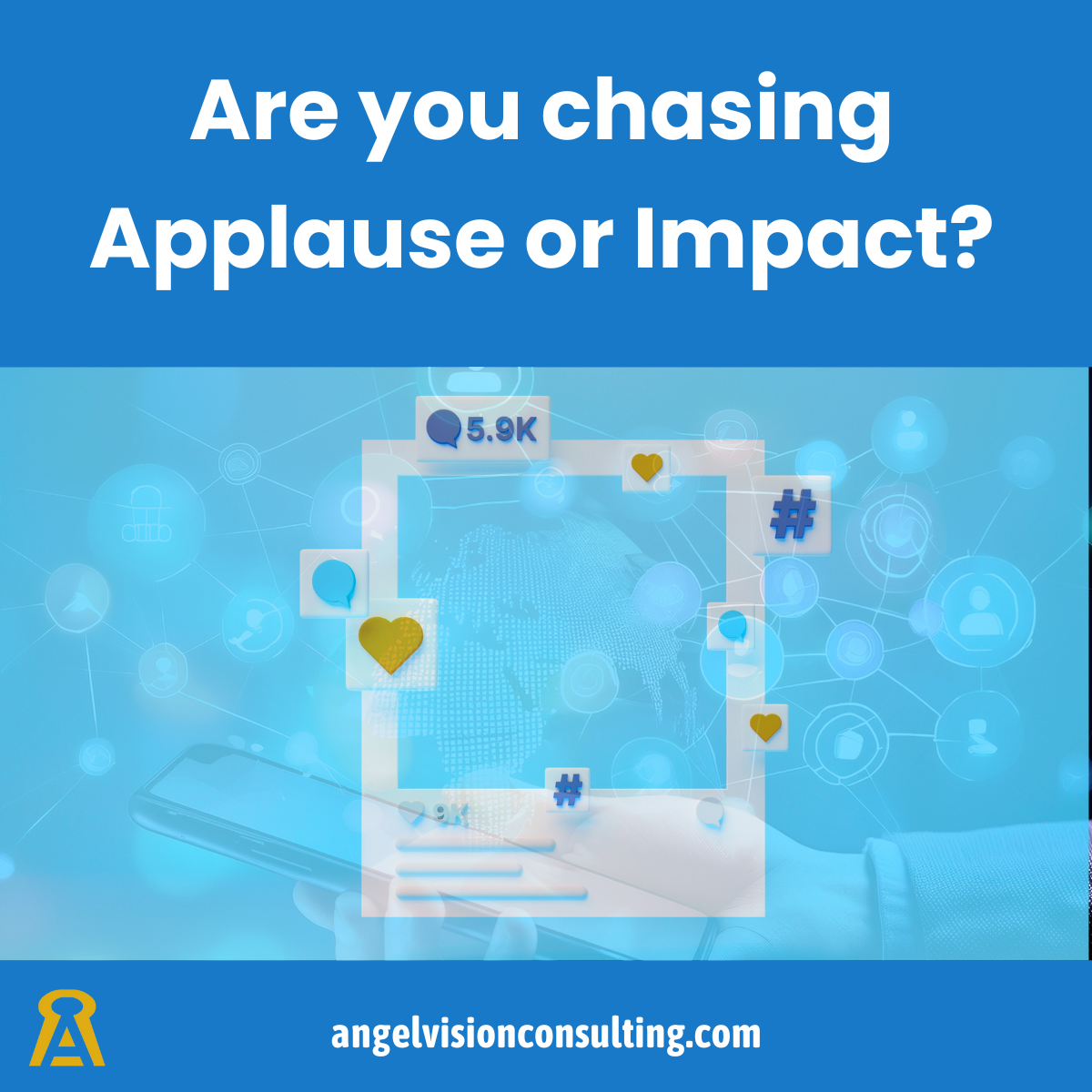How AI & Automation are Reshaping Benefits & Financial Services
The rapid rise of artificial intelligence (AI) and automation is transforming nearly every industry, and the benefits and financial services sector is no exception. From streamlining decision-making to enhancing customer interactions, AI-driven tools are revolutionizing how companies operate. However, alongside these advancements come new challenges.
Let's explore how AI and automation are reshaping benefits and financial services, the opportunities they bring, and the cautions businesses should consider as they integrate these technologies.
The AI-Powered Evolution of Financial & Benefits Services
1. Guided Decision-Making & Smarter Recommendations
AI-driven analytics tools are making it easier for both companies and individuals to make informed financial and benefits-related decisions. Machine learning models can analyze vast amounts of data to suggest the best health plans, retirement options, or investment strategies.
- For Employees & Consumers: AI chatbots, digital advisors and guided decision-support technology can provide real-time recommendations on benefits enrollment or financial planning based on personal data, historical trends and potential future needs.
- For Businesses: Employers and financial firms can leverage AI-powered insights to optimize benefit offerings, identify utilization gaps and ensure they meet workforce needs while managing costs effectively.
2. Operational Efficiency & Cost Savings
Automation is reducing the administrative burden on HR teams, financial advisors, claims administrators, and customer service departments. AI-driven platforms streamline repetitive tasks like claims processing, compliance checks, and payroll administration, allowing teams to focus on more strategic work.
- Automated Claims Processing: Insurance providers and benefits administrators are using AI to review claims faster, detect anomalies, improve the feedback to customers and prevent fraud.
- Compliance & Risk Management: Algorithms can scan activity and changes to automatically identify or alert businesses to compliance or fraud risks.
3. Hyper-Personalized Communication
Gone are the days of one-size-fits-all financial and benefits advice. AI allows companies to deliver highly personalized messages and insights to customers based on their unique behaviors, preferences, and goals.
- Tailored Benefits Recommendations: Employees receive AI-generated suggestions for healthcare plans or investment options that align with their lifestyle and budget.
- Financial Coaching at Scale: AI-powered robo-advisors provide personalized financial planning guidance without requiring one-on-one human interaction.
- Perfectly Timed Next Best Actions: Employees can receive ultra-personalized actions in real-time to optimize the use of their benefits and financial outcomes.
4. Enhanced Customer Service & Engagement
AI-driven customer service solutions, such as virtual assistants and intelligent chatbots, are reshaping how consumers interact with financial institutions and benefits providers. These tools provide instant answers, guide users through complex decisions, and ensure 24/7 service availability. The use of AI-driven assistants to answer questions helps to reduce wait times and enhance user experience. Additionally, AI-powered voice tools help users navigate financial planning, investment choices, or claims submissions with relative ease.
The Risks & Challenges of AI in Benefits & Financial Services
Despite its advantages, AI adoption in financial and benefits services also comes with risks. Businesses must navigate these challenges carefully to avoid unintended consequences.
1. Security & Data Privacy Risks
AI systems rely on massive amounts of personal data to function effectively, making them a prime target for cyberattacks. Companies must ensure their AI-driven solutions comply with data protection regulations and implement robust cybersecurity measures. As AI tools collect sensitive financial and health data, firms must prioritize encryption, multi-factor authentication, and threat monitoring.
2. Branding & Trust Considerations
Over-reliance on AI can make a brand feel impersonal, particularly in industries where trust and human connection are critical. While AI can personalize messages and automate processes, it can’t fully replicate empathy and nuanced understanding of a personal relationship. Organizations that overlook human connection risk losing customers if their technology fails to meet expectations or AI leaves gaps in the customer needs. Companies must strike a balance between AI-driven efficiency and maintaining a human touch in customer interactions. Through this balance, companies create an authentic brand and avoid alienating customers that might need personal support from time to time.
3. Ethical & Accuracy Concerns
AI algorithms are only as good as the data they are trained on. If not properly monitored, AI models can perpetuate or even amplify existing biases or inaccuracies in financial and benefits decision-making.
4. Workforce Displacement & Employee Experience
As AI and automation take over repetitive tasks, businesses must consider the impact on their workforce. Employees in administrative roles may face job shifts or reskilling requirements. Companies must invest in upskilling initiatives to ensure employees can work effectively alongside AI. Workplace policies must address responsible and approved approaches to AI use in the workplace.
The Path Forward: Embracing AI with Caution & Strategy
To maximize the benefits of AI while mitigating risks, companies in the benefits and financial services sector should adopt a balanced approach:
- Prioritize Security & Compliance – Invest in robust cybersecurity protocols and adhere to strict data privacy regulations.
- Maintain a Human Touch – Use AI to enhance, not replace, human interactions, ensuring trust and personalization remain at the forefront.
- Ensure AI Transparency – Continuously audit AI models to ensure fairness and accuracy in automated decision-making.
- Reskill & Upskill Employees – Provide training programs to help employees adapt to AI-driven roles.
AI and automation are undeniably transforming the benefits and financial services industry, driving efficiency, personalization, and innovation. However, businesses must approach AI adoption thoughtfully—ensuring that technological advancements enhance, rather than diminish, trust, security, and human connection.
By strategically leveraging AI while addressing potential pitfalls, companies can create a future where technology empowers both businesses and consumers in smarter, more efficient ways.
Found this helpful?
- Subscribe to Angel Wisdom and share with others
- Follow Angel Vision on LinkedIn for ongoing communications, marketing and benefits tips.
- Request a complimentary discovery session to see how Becky and Angel Vision can assist you with your communication, education or marketing needs.


